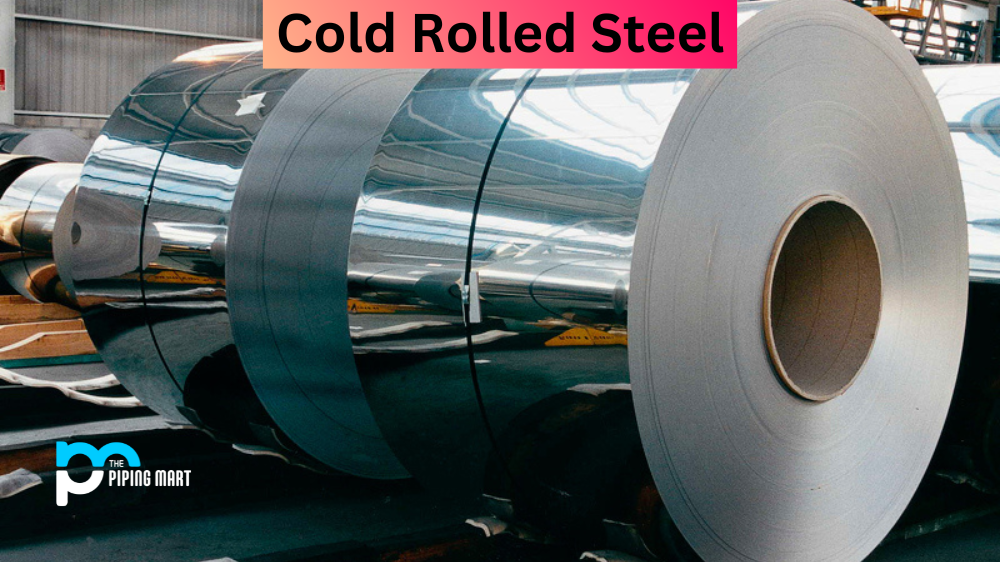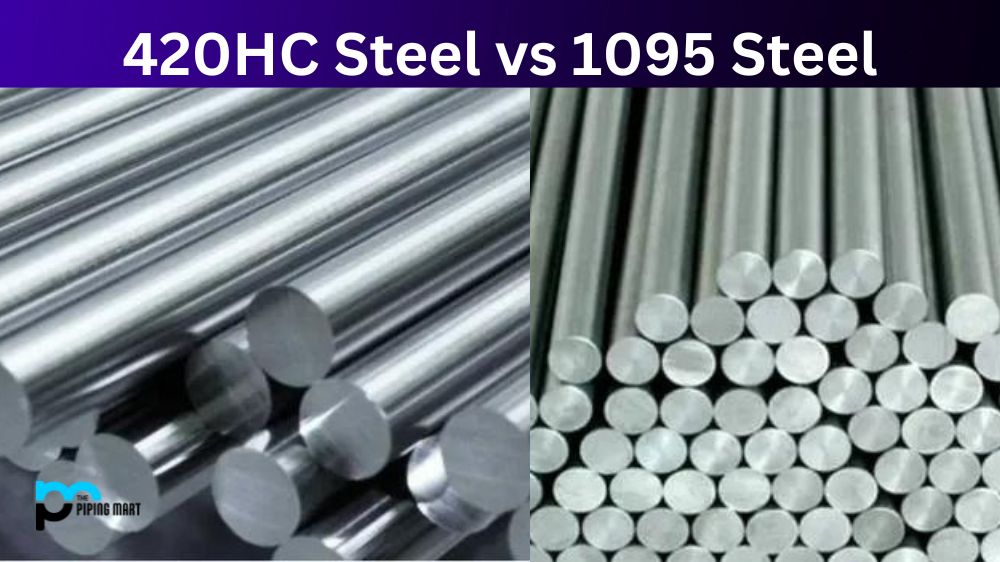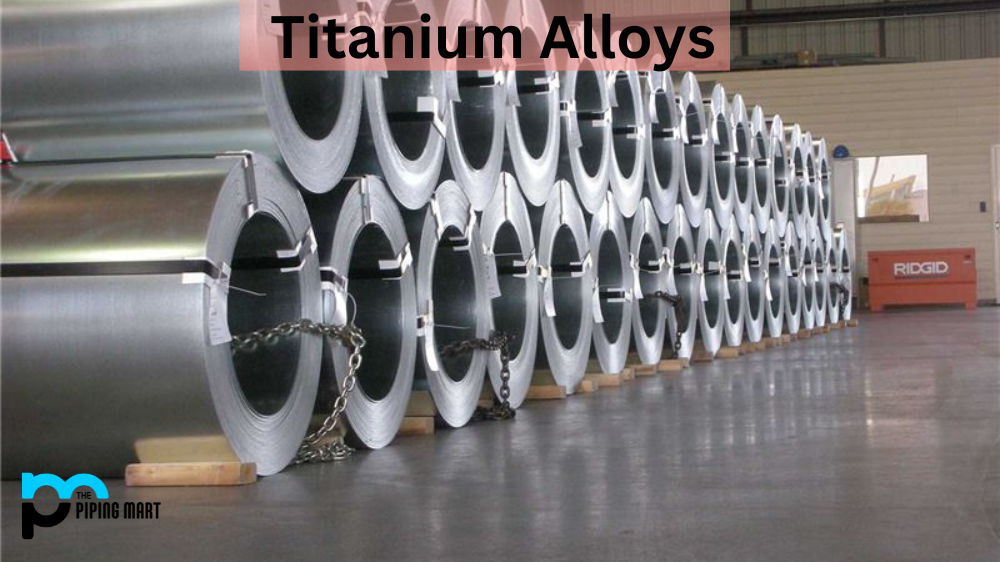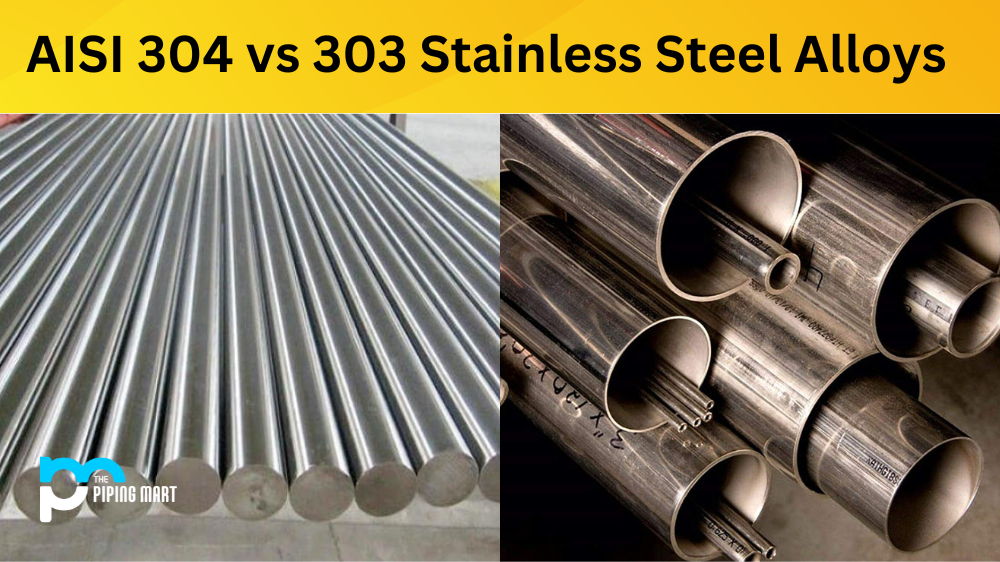Cold-rolled steel is a popular material choice for many applications because of its unique properties. It is made by cooling hot-rolled steel at room temperature, which results in a harder and more durable material than hot-rolled steel. In this guide, we will discuss the composition, properties, and uses of cold-rolled steel so that you can make an informed decision when choosing a material for your next project.
What is Cold Rolled Steel?
Cold rolled steel is a type of steel that has been altered through a process called cold rolling. This process involves rolling steel at room temperature or below, giving it strength and stability by simultaneously reducing its thickness. Cold-rolled steel is valuable for a variety of applications because of its malleability and durability in many industrial processes. It is especially useful for product components requiring tight tolerances, as well as items requiring better surface finishes. In addition, it is often less expensive than other forms of steel, making it an appealing option for businesses on a budget.
Cold Rolled Steel Composition
Cold-rolled steel is typically composed of iron and carbon. The amount of carbon present in the alloy depends on the grade and application; higher grades will have increased amounts of carbon in order to increase strength and durability. Other elements, such as nickel or chromium, may be added to further enhance the properties of cold-rolled steel, depending on the application.
Cold Rolled Steel Properties
One of the primary benefits of using cold-rolled steel is that it has high strength and hardness compared to other metals like aluminium or brass. Additionally, it has excellent ductility, which allows it to be easily formed into shapes such as tubes or rods without sacrificing any strength. This makes cold-rolled steel a great choice for applications requiring complex shapes or intricate details. Lastly, cold-rolled steel has excellent resistance to corrosion from environmental elements like water, saltwater, acids, and more. This makes it ideal for outdoor applications where exposure to these elements is likely.
Cold Rolled Steel Uses
Due to its exceptional strength and hardness combined with its good formability and corrosion resistance, there are many potential uses for cold-rolled steel across multiple industries. Some common uses include automotive components like frames and wheels; structural components like support beams; machine parts; furniture pieces; tools; appliances; construction materials; pipes; fixtures; electronics enclosures; storage tanks; railroad equipment; agricultural equipment; artworks & sculptures; jewelry & coins; food processing equipment & utensils; medical implants & instruments; and much more!
Conclusion:
Cold-rolled steel is an incredibly versatile material that can be used in a wide variety of applications due to its unique combination of properties, including strength, hardness, ductility, formability, corrosion resistance, and more. Whether you are looking for a durable material for outdoor use or something with intricate detail capabilities for an indoor application –cold-rolled steel might just be the perfect fit! With this comprehensive guide, you should now understand why cold-rolled steel might be the right choice for your next project, so get out there and start building!

Pipingmart is a B2B portal that specializes in metal, industrial and piping items. Additionally, we share the latest information and information about materials, products and various types of grades to assist businesses that are involved in this business.




